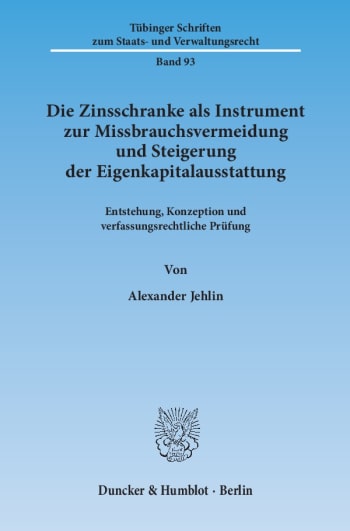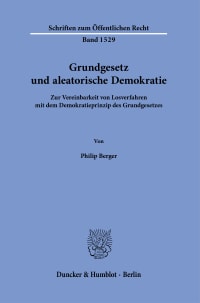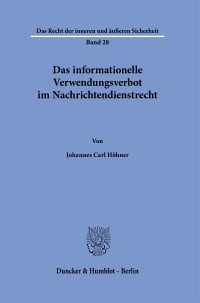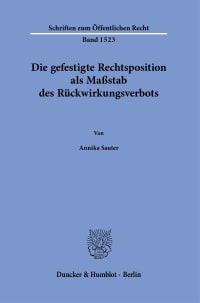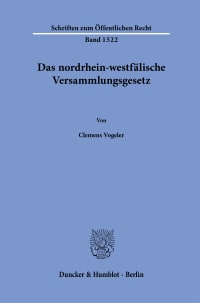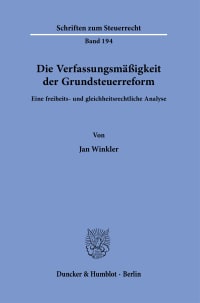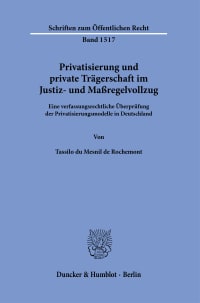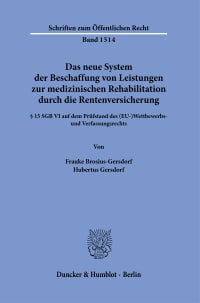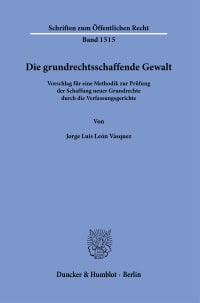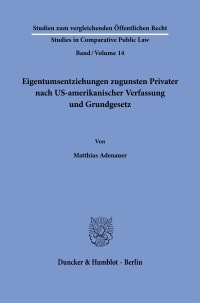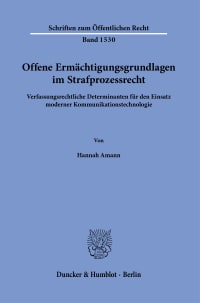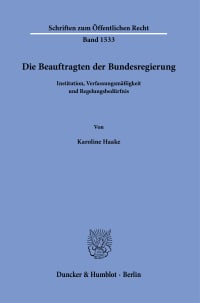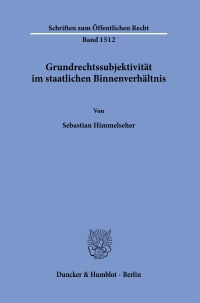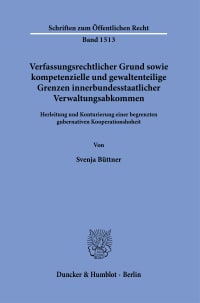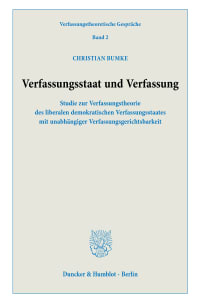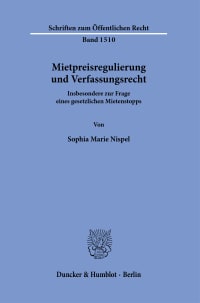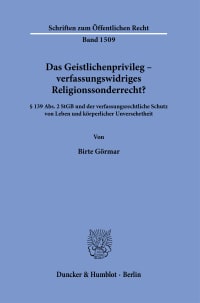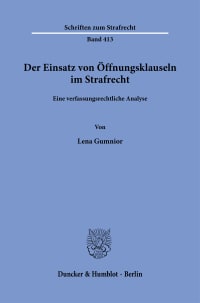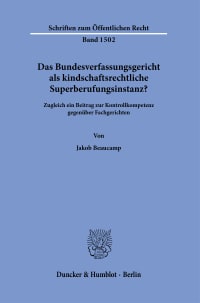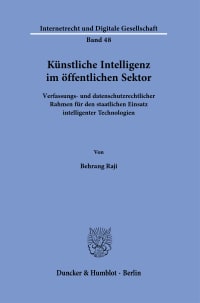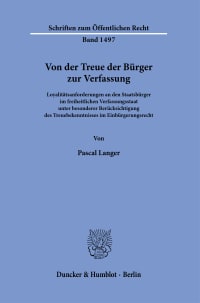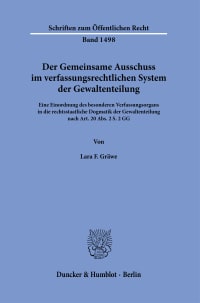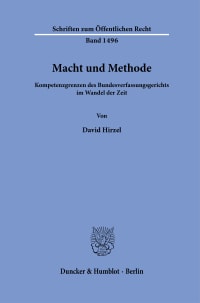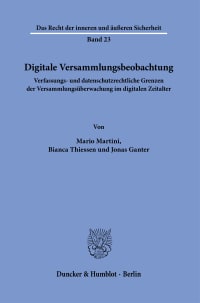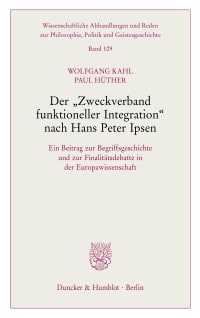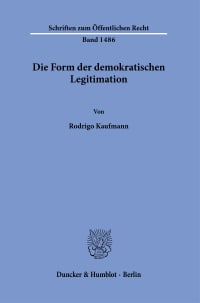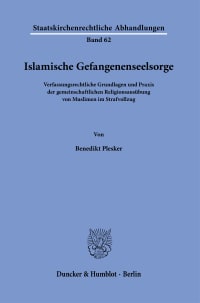Entstehung, Konzeption und verfassungsrechtliche Prüfung
Description
The general public thinks of tax law as a rather dry subject and the people concerned with it generally do not appear in a better light. There are reasons for justifiable doubts regarding this prejudice as shown by specialist articles on the actual amendment of the deductibility of interest for tax purposes, the so called Interest Barrier (Zinsschranke). When analyzing this core element of the corporate tax reform from 2008, finance and tax experts do not make use of their general objective vocabulary but rather use a lively and colorful wording to describe the provision regulated in Secs. 4h German Income Tax Act and 8a German Corporate Tax Act. They draw examples from such areas as zoology, meteorology, pyrotechnics, medicine, history and religion, calling the Interest Barrier »biting tiger«, »nice weather reform«, »loaded fuse«, »fire accelerant«, »lethal injection«, »guillotine« or even »mortal sin«. Further to the published articles, this dissertation focusses on the formation of the Interest Barrier, the analysis of its concept and especially on the examination of its compatibility with the constitutional standards in art. 3 and 14 of the German Constitution, central for taxation. In this regard, all objectives of the legislator as well as current empirical and economical results with respect to the effects of the Interest Barrier are taken into account. Not only the limits on taxation because of »choking« taxation affects under art. 14 of the German Constitution are considered but also current rulings of the second senate of the German Federal Constitutional Court on the proportionality of taxation. This dissertation aims to make a contribution towards the dogmatic understanding of the Interest Barrier.
Overview
A. Einleitung
B. Das legislative Tetralemma bei der Besteuerung konzerninterner Finanzierungsentgelte
Zusammensetzung des Tetralemmas (Nationale Regelungen, Völkerrechtliche Vereinbarungen, Europarechtlicher Einfluss, »Wettbewerb« der Steuerrechtsordnungen, Ergebnis) – Auswirkungen des Tetralemmas (Steuerliche Vorteilhaftigkeit europaweiter Konzernfinanzierung, Europarechtliche Fragwürdigkeit bisher genutzter Abwehrmaßnahmen) – Ergebnis
C. Die Zinsschranke als funktionale Antwort auf das Tetralemma
Einführung der Zinsschranke (Vorgeschichte, Gesetzgebungsverfahren, Offizieller Telos der Regelung) – Das Regelungskonzept der Zinsschranke (Inhalt der Vorschrift, Vereinfachtes Prüfungsschema, Ergebnis)
D. Die Verfassungskonformität der Zinsschrankenregelung
Vereinbarkeit mit dem allgemeinen Gleichheitssatz nach Art. 3 Abs. 1 GG (Maßstäbe, Vereinbarkeit der Zinsschranke mit den gleichheitsrechtlichen Vorgaben) – Vereinbarkeit mit der Eigentumsgarantie des Art. 14 GG Abs. 1 Satz 2 (Maßstäbe, Vereinbarkeit der Zinsschranke mit den Vorgaben der Eigentumsgarantie) – Ergebnis der verfassungsrechtlichen Untersuchung
E. Gegenbeweismöglichkeit – europäische Lösung
Unterschiedliche steuerliche Behandlung von Fremd- und Eigenkapital – Die Zinsschranke als Produkt eines legislativen Tetralemmas (Zusammensetzung des Tetralemmas, Tetralemma führt zu Steuersubstratsverlust und legislativer Einengung) – Die Zinsschranke ist eine funktionale Antwort auf das Tetralemma (Zielbündel der Zinsschranke, Breit angelegtes Regelungskonzept der Zinsschranke, Anerkennung und Reaktion auf das Tetralemma) – Die Zinsschranke ist nicht verfassungskonform (Unvereinbarkeit mit dem allgemeinen Gleichheitssatz, Unvereinbarkeit mit der Eigentumsgarantie) – Ausblick
Literaturverzeichnis
Sachverzeichnis
